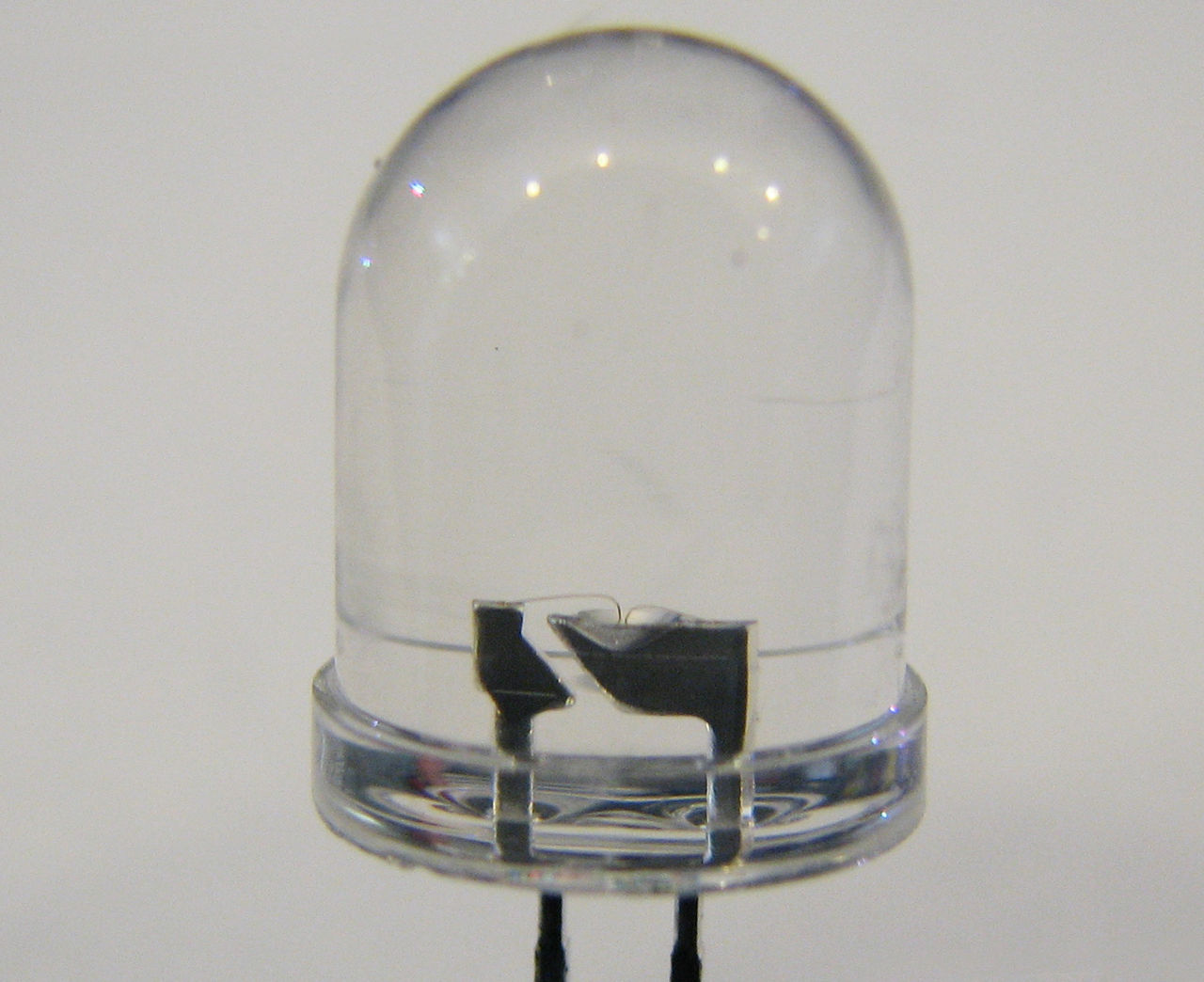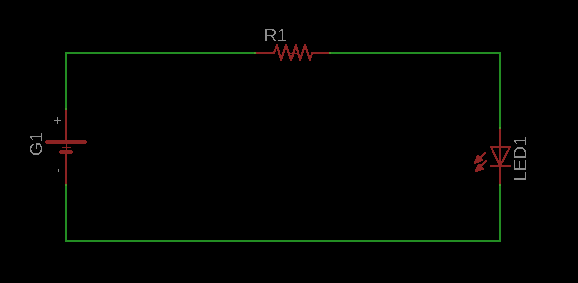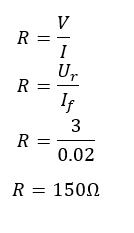LED 101 - our humble lighty friends
Everyone uses LEDs. Some of us use them to indicate stuff, status of device, others use them as displays to display text or graphics. You can even have a laser which is an LED at the same time.
LEDs are coming in a lot of different shapes and sizes: 3mm, 5mm, 10mm, square, opaque, translucent or SMD ones. Also we can choose our LED color: IR, ultraviolet, red, green, blue, RGB (which allows us to achieve any color we want), white.
.jpg)
LEDs are polarized, which means that it needs to be connected correctly. It has an anode(+) and cathode(-), you connect "+" of your power supply to anode and "-"/GND to cathode, otherwise it won't turn on and will block any current flowing. (that's a lie, there is no ideal component without leakage current)
Notice that one leg of LED is longer than another - that indicates the anode of a LED.
![WP_20180223_01_03_17_Pro[1].jpg](https://steemitimages.com/640x0/https://steemitimages.com/DQmem4eGQYP3zef9gEMxxaZZKiFxL75eJiPrHzZDirTPJ3q/WP_20180223_01_03_17_Pro%5B1%5D.jpg)
Driving LEDs correctly can be anything from very simple to be even annoying, as there are several ways to drive LEDs. In methods I will explain there is one rule: Constant current wins them all. LEDs love constant current. Anything that's just over forward voltage or V_f and is lower than forward current I_f for short. If you will exceed forward current then LED might glow more intensively but also will shorten its lifetime. LEDs are so selfish that they will suck so much current to the point it will die before you will able to say "bloody hell" if you won't limit the current flowing into LED.

Easiest way to drive a LED is just to use a resistor to limit current flowing into LED. For this example we will have a 5V power supply and a red LED, which has  .
.
We will need to use Kirchhoff's Voltage Law to calculate the resistance of our resistor, which says that: the algebraic sum of all voltages in a closed circuit is equal to zero
Equation will look like this:

Voltage across resistor must be 3V, so we can calculate it's resistance using Ohm's law:  . Let's insert our data:
. Let's insert our data: 
We need a 150Ohm resistor, but if you don't have resistor of this specific value, then you can either construct one from resistors in parallel/series or you can use similar resistance values close to our 150Ohm.
I will two 100Ohm resistors in series, as I didn't have a 150Ohm one.
![WP_20180223_00_54_58_Pro[1].jpg](https://steemitimages.com/DQmaQXNYNqv84WzMteUYkgZcNg26mDfx74LhrkE266i9ysr/WP_20180223_00_54_58_Pro%5B1%5D.jpg)
Boom! We have our LED and it didn't died!
Sources:
https://www.electronics-tutorials.ws/dccircuits/kirchhoffs-voltage-law.html